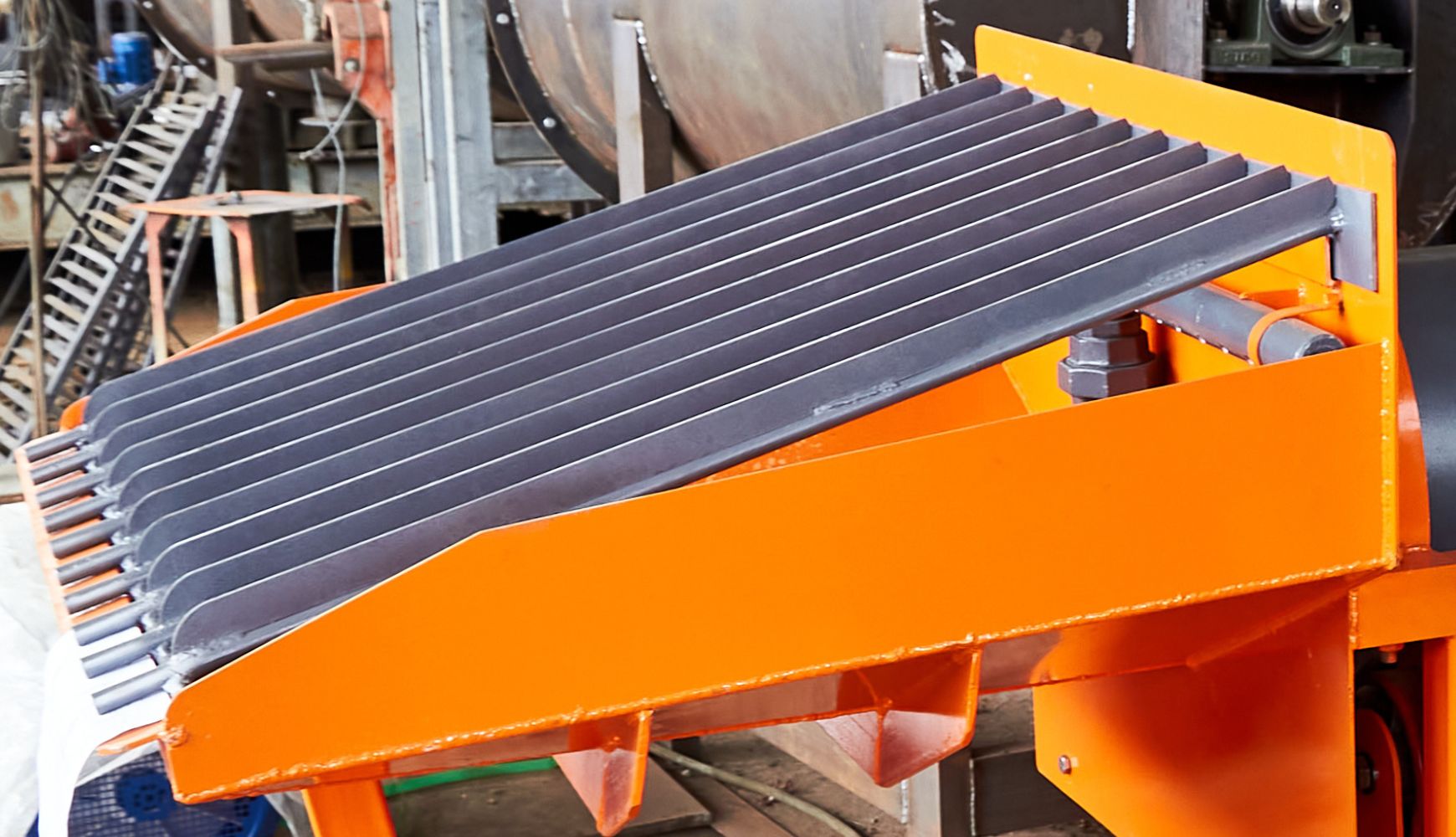
Dos and Don’ts of Using a Gold Cube Trommel
When used properly, a gold cube trommel can be one of your most effective tools when prospecting for gold. Use the gold cube in conjunction with other prospecting tools to add alacrity and efficiency to your operation!
The gold cube works by using powerful water jets to break apart chunks of gold-bearing material and separate waste from the slurry that carries gold particles. While the trommel does not separate gold out on its own, it does classify material as either “gold-bearing” or “definitely not gold-bearing.” If you want to feed large volumes of soil, clay, or gravel into your prospecting setup, a gold cube could be just what you need to enhance the process.
Before you set off for a day’s prospecting, though, let’s discuss some best practices for proper use of the cube. Northwest Detector Sales has compiled a handy list of dos and don’ts for using a gold cube trommel. Remember these tips as you accustom yourself to using the cube!
Do: Soak Those Mats
When you set up your gold cube for the first time, expect to spend up to 15 minutes putting together the stand and thoroughly wetting the mats. Each mat in the cube has thousands of tiny vortex pockets, which are designed to capture gold particles. Water is an essential part of the gold cube’s functionality, and if there are any air bubbles in those vortex pockets, they’re not going to catch any gold.
Use a hose to soak each mat thoroughly, placing your thumb over the nozzle to increase water pressure and force water into every nook and cranny. Once your mats are pitch-black and there’s no sparkle or shine from air bubbles, you’re good to go.
Don’t: Let Organic Material Build Up
At several points throughout your day, you’ll want to clean your vortex tray to prevent material from building up. Letting your tray get clogged with dirt, clay, or gravel will affect the functionality of the cube over time.
When you clear leftover organic material out of your vortex tray, sweep it into a gold pan and see if there are any particles of gold sticking around!
Do: Pre-Wet Dry Materials
As discussed before, water is an essential element of the gold cube’s functionality. Before you shovel any material into your gold cube highbanker, make sure it’s thoroughly wet. Spray down any dry pieces before you feed them into the cube.
If you skip this step, dry chunks of soil or clay can simply ride through the cube on an air bubble, and no gold will be filtered out.
Don’t: Feed Material Into the Cube Too Fast
As you shovel material into the top of your gold cube, watch your speed. If you get too excited and pour too much material in too quickly, it’ll simply run through the cube without separating.
Keep a steady pace as you pour your sand, soil, or gravel into your highbanker. As you grow accustomed to using the cube, you’ll get a good feel for an effective pace.
Do: Bring a Prospecting Buddy
The gold cube works best when operated by two people. Because the cube can process up to 1,000 pounds of material per hour, you’ll be more productive if you have a buddy helping you!
Have one person dig through the area where you’re prospecting and fill five-gallon buckets with material. Meanwhile, have the second person watch the cube and steadily feed that material into the vortex tray. If the gold cube goes unmanned for too long, that bottom tray will fill up quickly and grow overfilled with gold particles.
Don’t: Turn the Cube Off and On Multiple Times
While we understand the temptation to save as much battery life as possible when you’re out prospecting, avoid the temptation to turn the cube off to save power. Turning off your pump increases your risk of having valuable gold dry out and get blown away!
Wait to turn off your prospecting equipment until after you’re done using it for the day. If you’re nervous about running through batteries, bring an extra one with you and switch as necessary.
Do: Use Clean Water
Clean, particulate-free water is an essential element of a quality prospecting setup. You want to be able to see the gold particles as they separate from the dirt and sand! (Plus, sandy or dirty water will clog your pump and necessitate annoying repairs.)
Try using two tubs for your water recirculation system. You won’t have to replace the water as often, so you can spend more time searching for gold.
Don’t: Dump Out Water at the End of the Day
When you’re done prospecting for the day and are ready to pack up your equipment, you may look at your water drain tubs and consider simply dumping them out. However, doing so will lose you precious gold!
Instead of dumping water onto the ground or into the lake or river, pour it steadily into your tailing sluice. Let your prospecting setup gather leftover gold particles one last time before you pack up for the day.
Do: Elevate Your Gold Cube
Use gravity to your advantage when setting up your prospecting equipment. Set up the gold cube on a high, level space like a table, and place your tailing sluice at a downward angle to encourage natural water flow.
Because water is such a crucial part of separating gold particles and moving them through the riffles of the cube, let it flow as naturally as possible.
Don’t: Store Your Cube in a Closed Tub
When transporting your gold cube and other prospecting equipment to or from a site, feel free to place the cube itself in a crate or tub to carry it easily. However, don’t put the lid on it!
The trays of the gold cube are made out of plastic. When it’s stored in a closed container and exposed to fluctuating temperatures, those trays can warp and affect their functionality over time.
Are you ready to bring your prospecting setup to the next level? Enlist the help of the innovative and highly effective gold cube. Use Northwest Detector’s dos and don’ts of using a gold cube to guide you as you familiarize yourself with its components. With proper use and regular care and cleaning, your gold cube will prove itself a valuable investment in your prospecting hobby.


